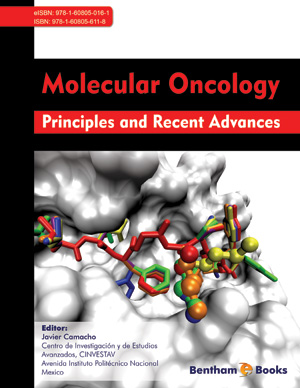Abstract
Cervical Cancer (CC) is a major cause of cancer mortality and is caused by persistent infection with High-Risk Human Papillomavirus (HR-HPVs). Infection occurs primarily at the transformation zone (the most estrogen and retinoid sensitive region of the cervix). Development of CC affects a small percentage of HR-HPVinfected women and often takes decades after infection suggesting that HR-HPV is a necessary but not sufficient cause of CC. Thus, other cofactors are necessary for progression from cervical HR-HPV infection to cancer such as long-term use of hormonal contraceptives, multiparity, smoking and retinoid deficiency which alter epithelial differentiation, cellular growth and apoptosis of malignant cells. Thereby, the early detection of HR-HPV and management of precancerous lesions together with a profound understanding of other risk factors could be a strategy to avoid this disease. In this review, we focus on the synergic effect of estrogens, retinoid deficiency and HR-HPVs in the development of CC. These risk factors may act in concert to induce neoplastic transformation in squamous epithelium of the cervix, setting the stage for secondary genetic or epigenetic events leading to carcinogenesis.
Keywords: Cancer, cervical, HR-HPV, estrogens, 17β-estradiol, hormones, nuclear receptors, retinoids, vitamin A, retinoic acid, gene expression, transcription, cofactors, apoptosis, cell proliferation, oncoproteins, epigenetic, tumor suppressor proteins.






















